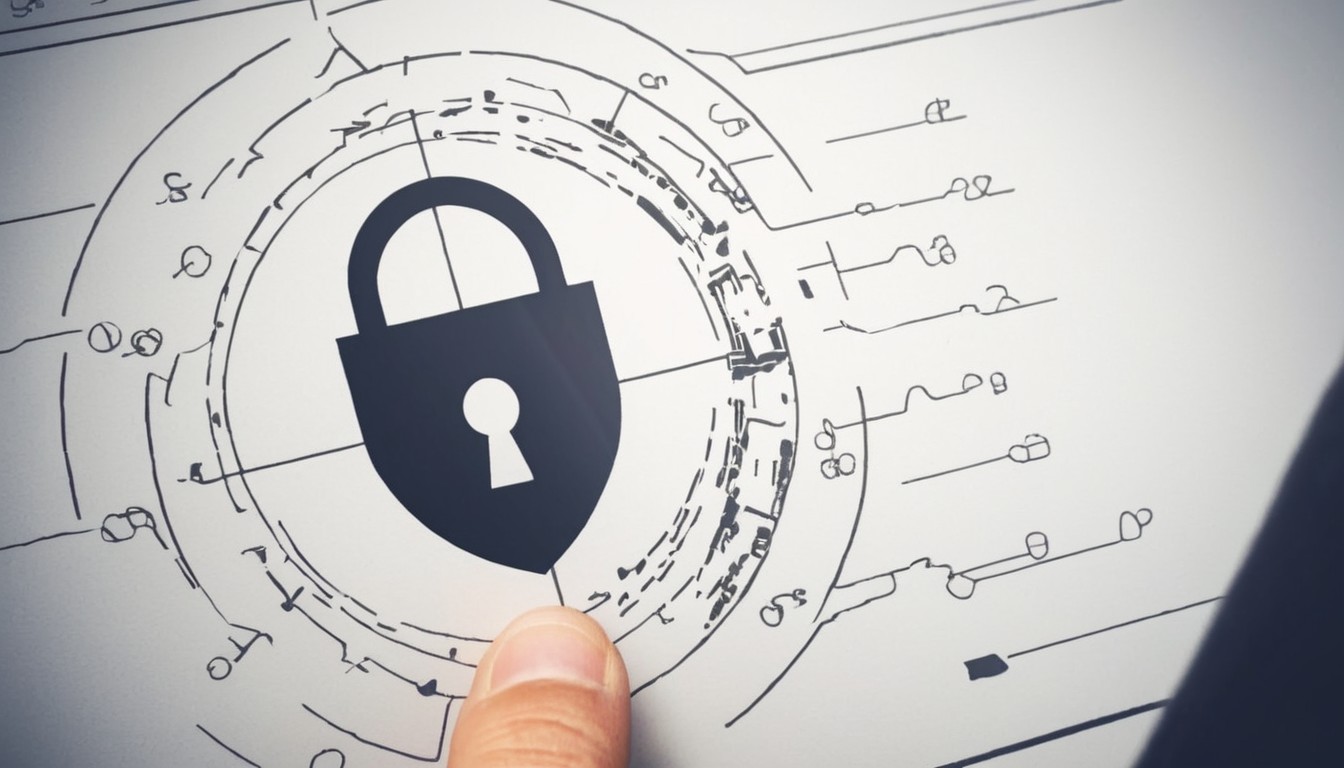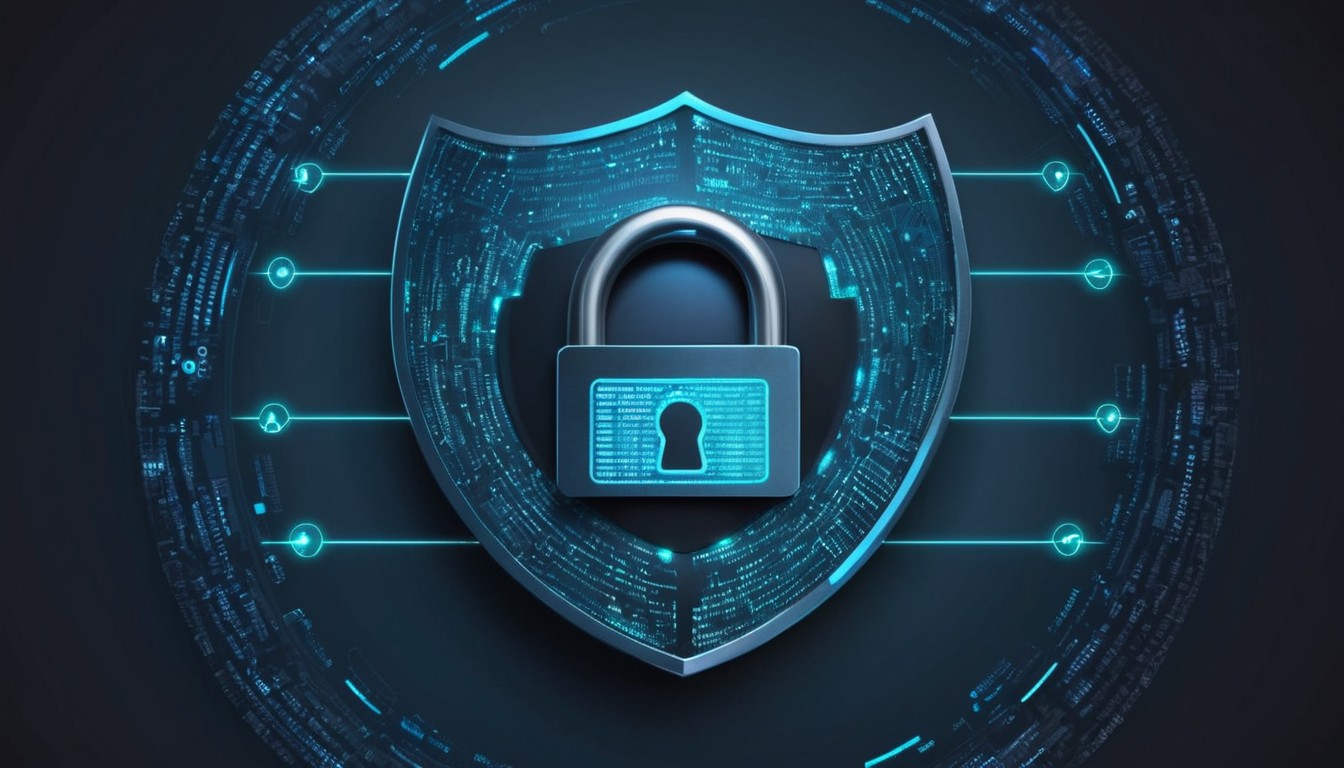Autonomous Underwater Vehicles (AUVs) play a crucial role in various industries, including marine research, oil and gas exploration, and underwater surveys. However, these innovative technologies also bring unique cybersecurity challenges. In this blog post, we’ll explore the cybersecurity challenges in protecting AUVs and how SafeNet is addressing these challenges to ensure the security of underwater operations.
- Vulnerabilities to Cyber Attacks: AUVs are vulnerable to cyber attacks that can compromise their operation and data integrity. SafeNet Cybersecurity provides robust security measures to protect AUVs from such attacks, ensuring their safe and uninterrupted operation.
- Communication Security: Secure communication is essential for AUVs to receive commands and transmit data. SafeNet implements encryption and authentication mechanisms to secure communication channels, preventing unauthorized access and data tampering.
- Physical Security: Physical access to AUVs can also pose a threat to their security. SafeNet Cybersecurity solutions include physical security measures to protect AUVs from tampering and theft, ensuring their safety and integrity.
- Data Privacy and Integrity: AUVs collect and transmit sensitive data, making data privacy and integrity critical. SafeNet implements data encryption and integrity verification mechanisms to protect data from unauthorized access and tampering.
- Compliance with Regulations: AUV operations are subject to regulations and standards that mandate cybersecurity measures. SafeNet ensures compliance with these regulations, providing peace of mind to operators and stakeholders.
As AUVs become increasingly prevalent in underwater operations, cybersecurity becomes a paramount concern. SafeNet Cybersecurity provides comprehensive solutions to address the unique cybersecurity challenges faced by AUVs, ensuring their safe and secure operation in challenging underwater environments.





